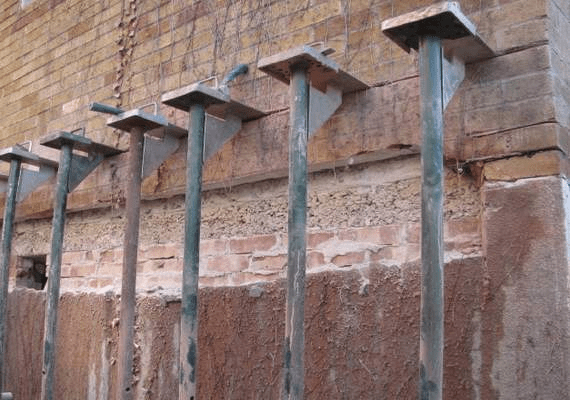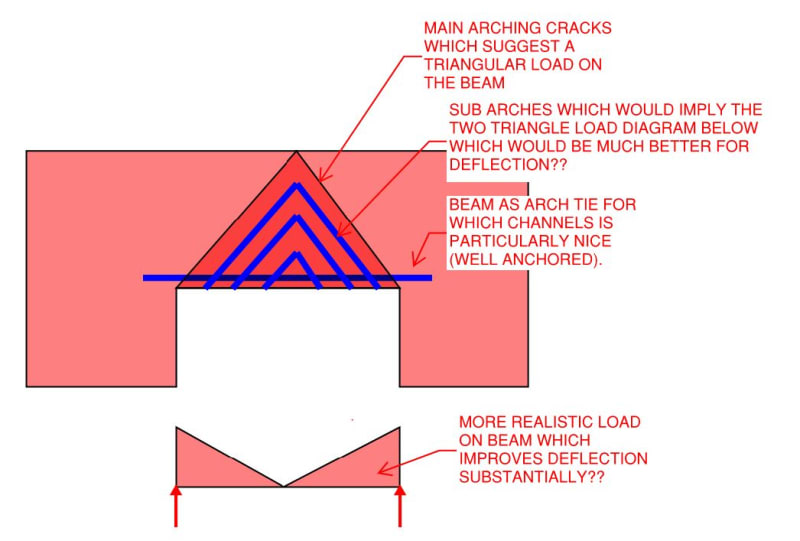BigBakwas77
Structural
My client bought two bays in a commercial building and wants to connect them by creating an opening in the demising CMU wall. The wall is non-loadbearing but it is ±24 feet high. He wants an opening of 8'-0"H x 10-'0"W opening. I am thinking of adding two channels on each side of the wall, connect them tight with bolts and then cut the opening. Does this should feasible? I can ask them to weld a plate below channels after opening is made.


